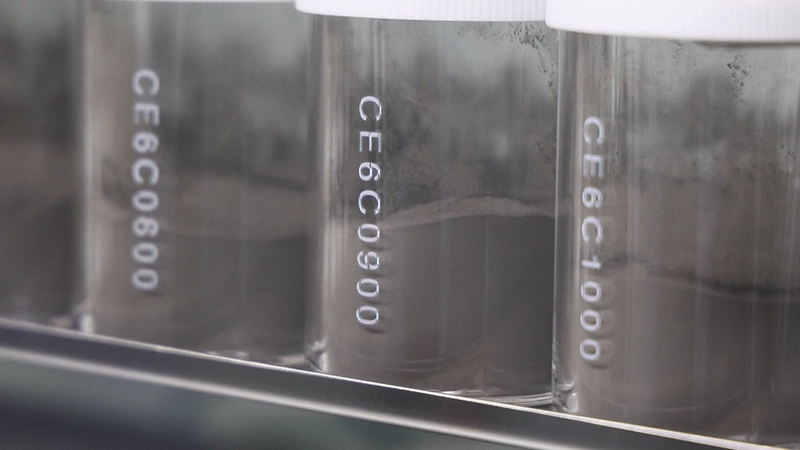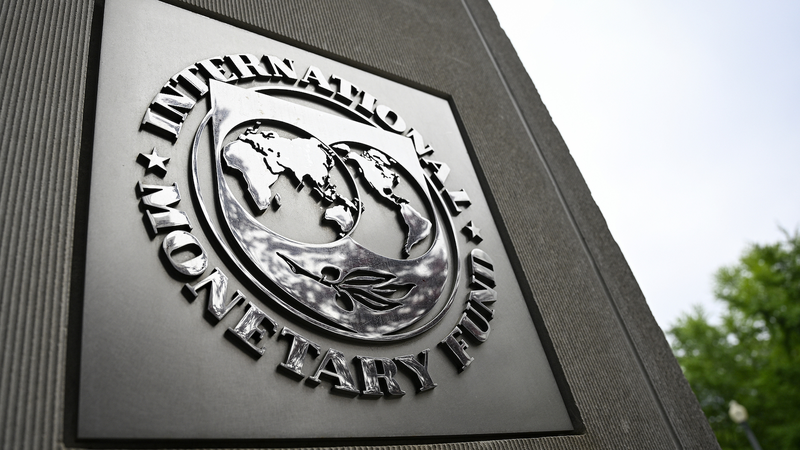Hey space fans! 🚀 Chang'e‑6 has returned with a treasure trove of lunar samples from the moon's mysterious far side, and scientists are buzzing with excitement. These samples, weighing in at 1,935.3 grams and collected from the massive South Pole-Aitken (SPA) Basin, are helping researchers peel back layers of the moon’s deep history.
Recent studies published in Nature by teams from the Institute of Geology and Geophysics, the National Astronomical Observatories (CAS), Nanjing University, and other institutions have revealed fascinating details. For the first time, evidence of volcanic activity dating back some 4.2 billion and 2.8 billion years was discovered, showing that lunar volcanism lasted for at least 1.4 billion years!
Scientists also uncovered clues about an ancient magnetic field on the dark side of the moon. One study even hints at a possible rebound in the moon’s magnetic intensity around 2.8 billion years ago, suggesting dynamic changes in the lunar interior. Meanwhile, comparisons of the far and near sides show a striking difference in water content, hinting at unique geological processes.
The SPA Basin, one of the moon’s three major tectonic units, spans about 2,500 kilometers in diameter. As academician Wu Fuyuan explained, the impact that formed this colossal crater was unimaginably powerful—about a trillion times the energy of an atomic bomb explosion! This event has left scientists rethinking how such huge impacts can shape the evolution of celestial bodies.
From revealing rare details of volcanic pasts to uncovering the secrets of an ancient magnetic field, the Chang'e‑6 mission is a giant leap in lunar exploration. These new insights are not just cool facts; they’re pieces of a cosmic puzzle that could redefine our understanding of the moon’s evolution. Stay curious, and keep looking up! 🌑✨
Reference(s):
China's Chang'e‑6 samples unlock deep insights into moon's far side
cgtn.com




